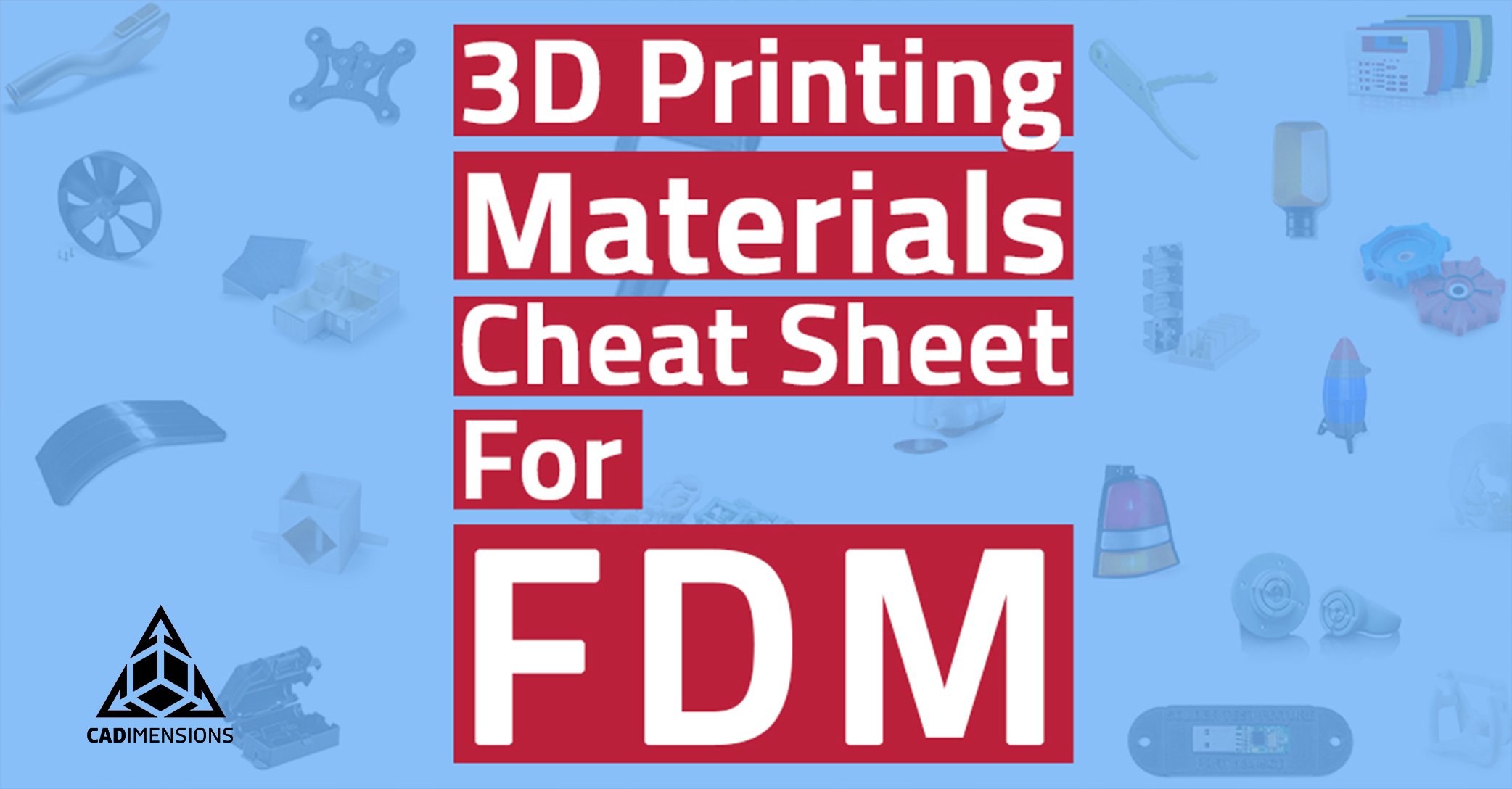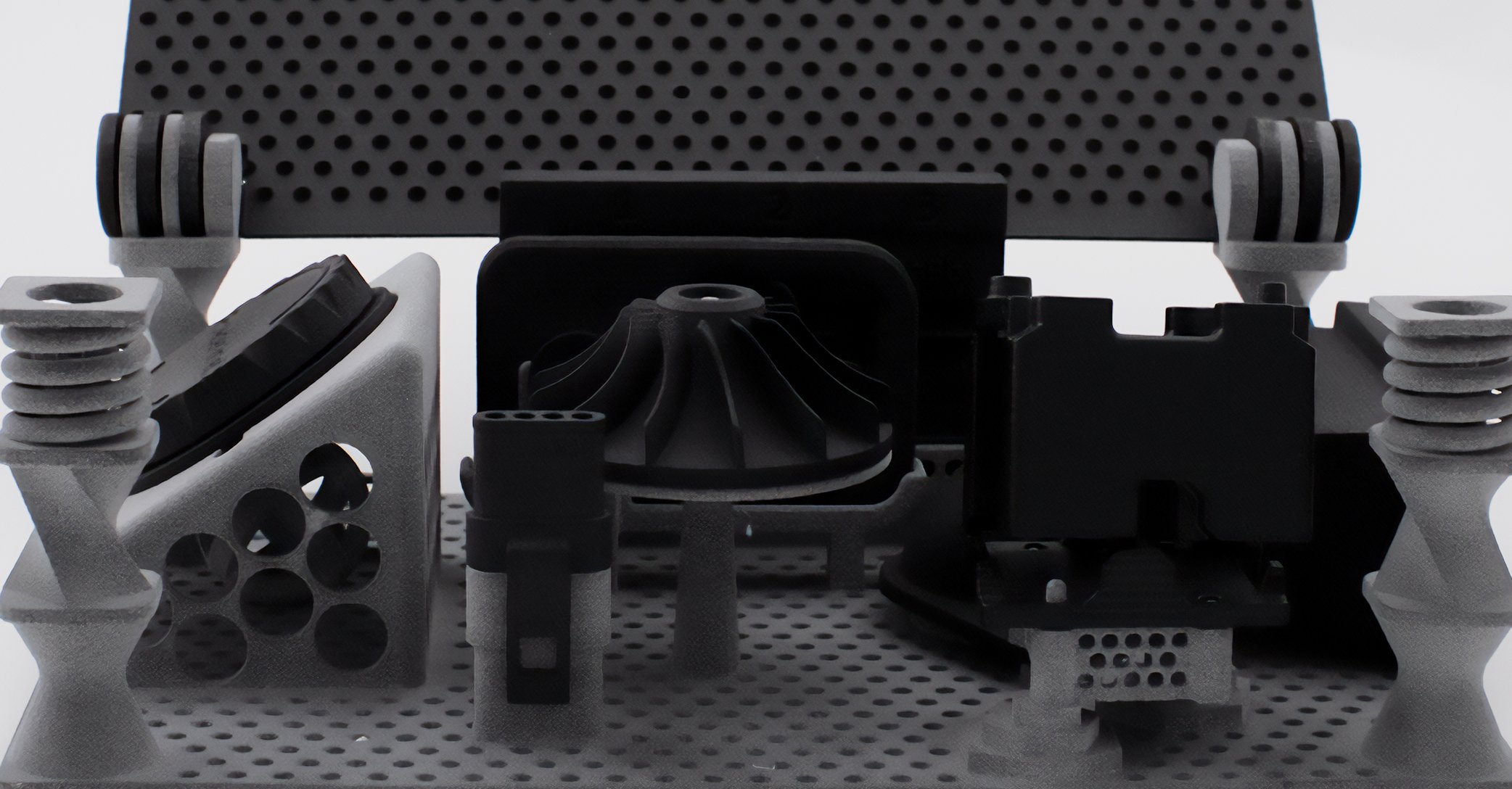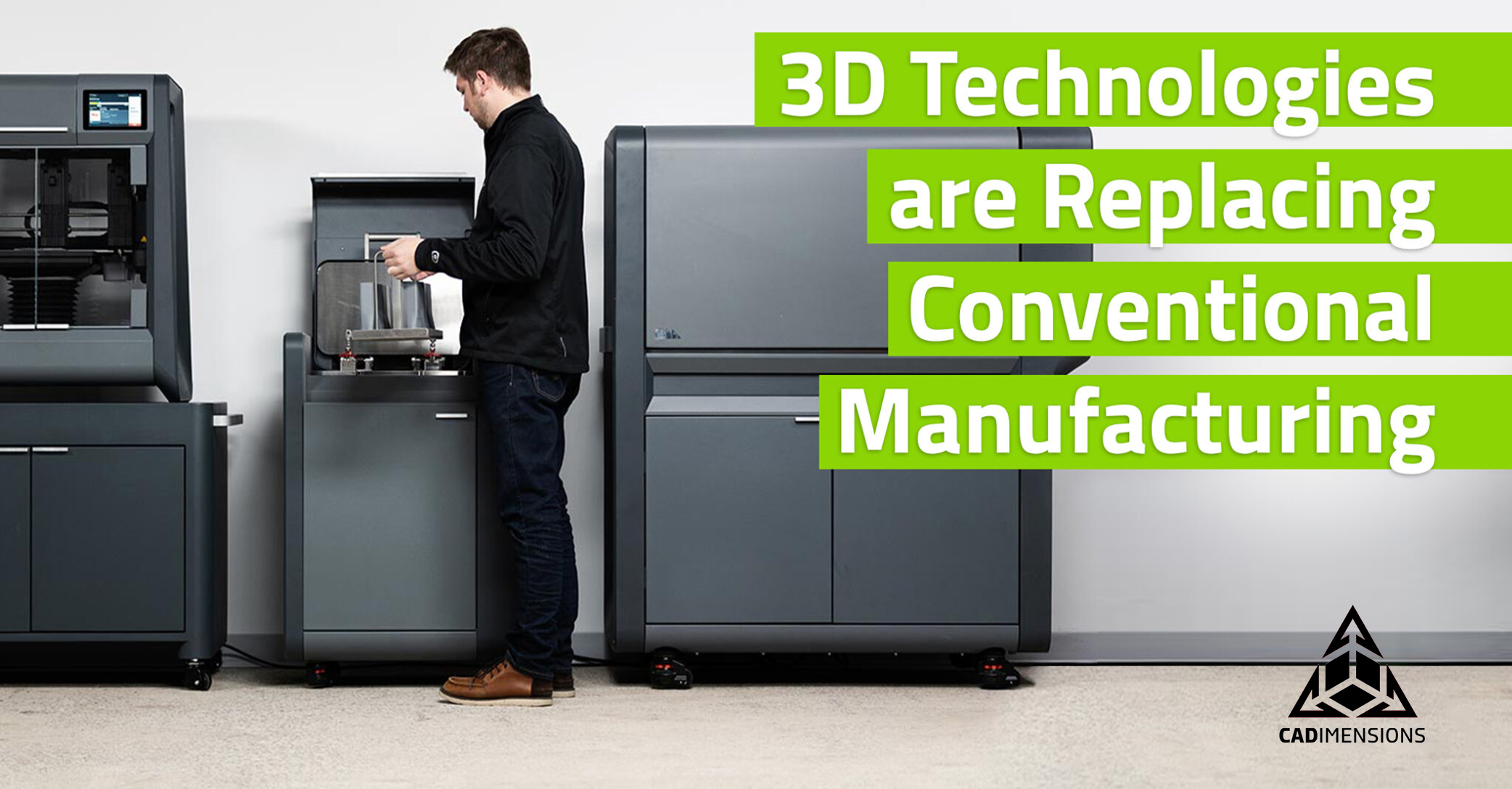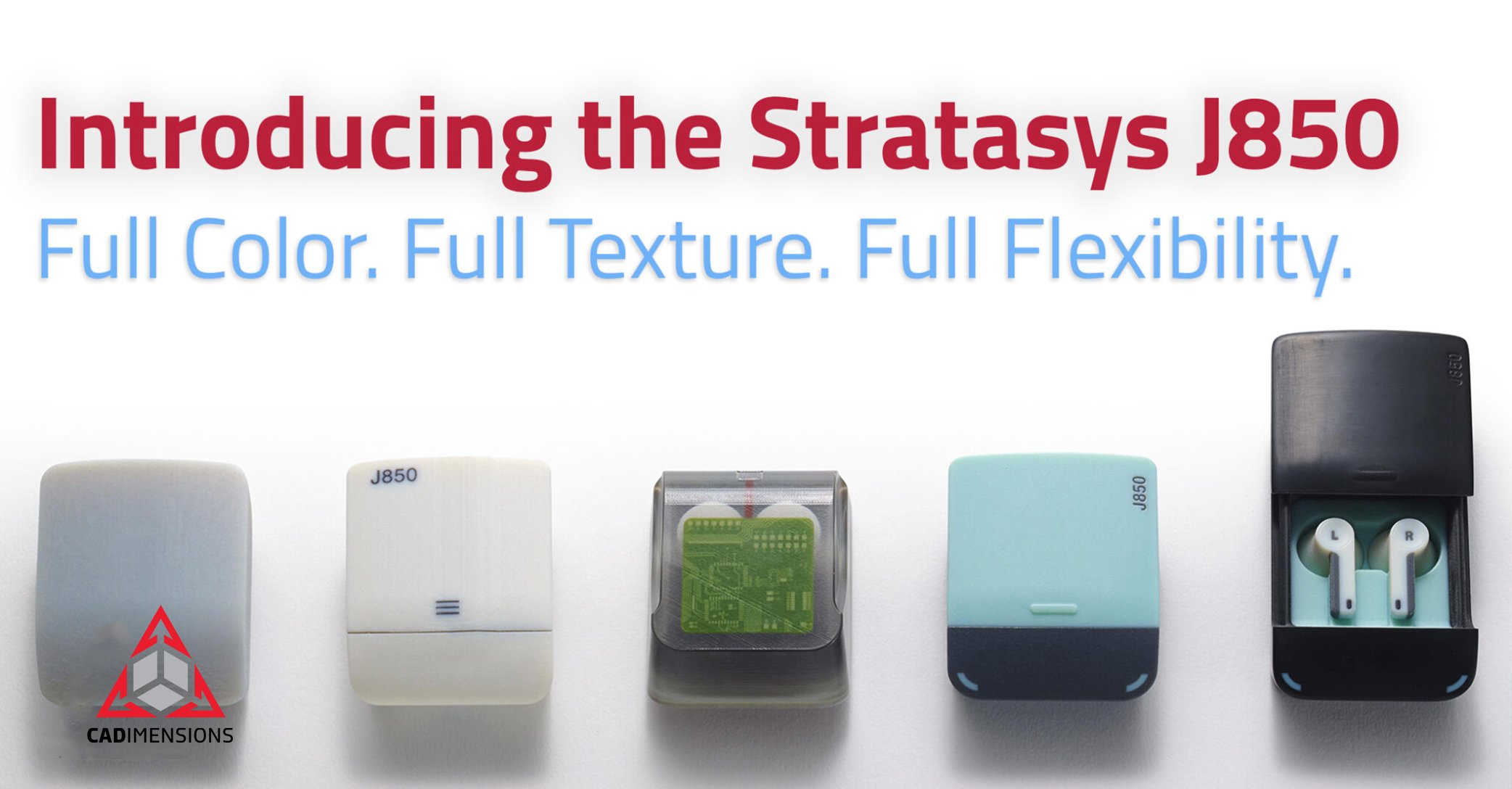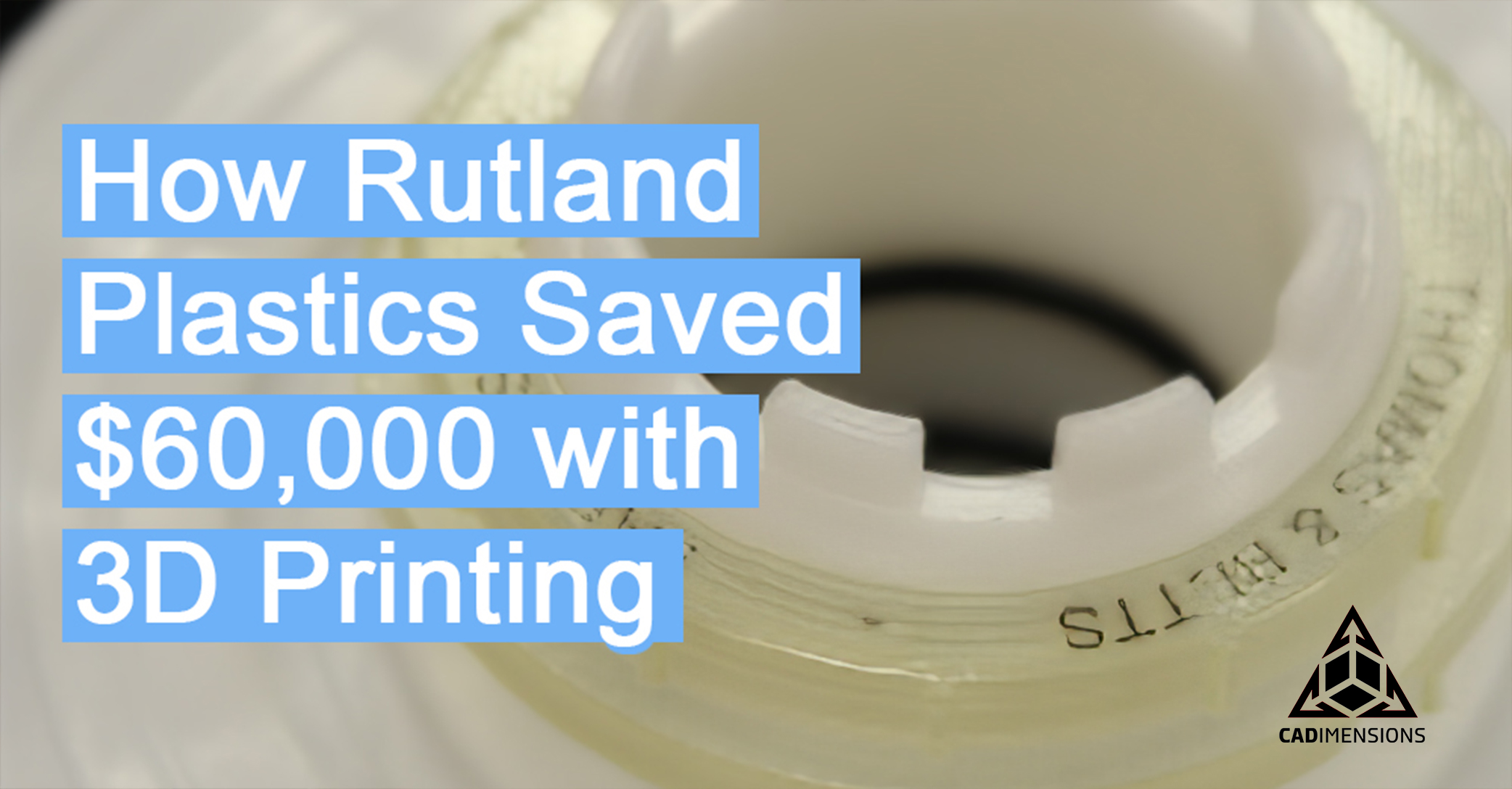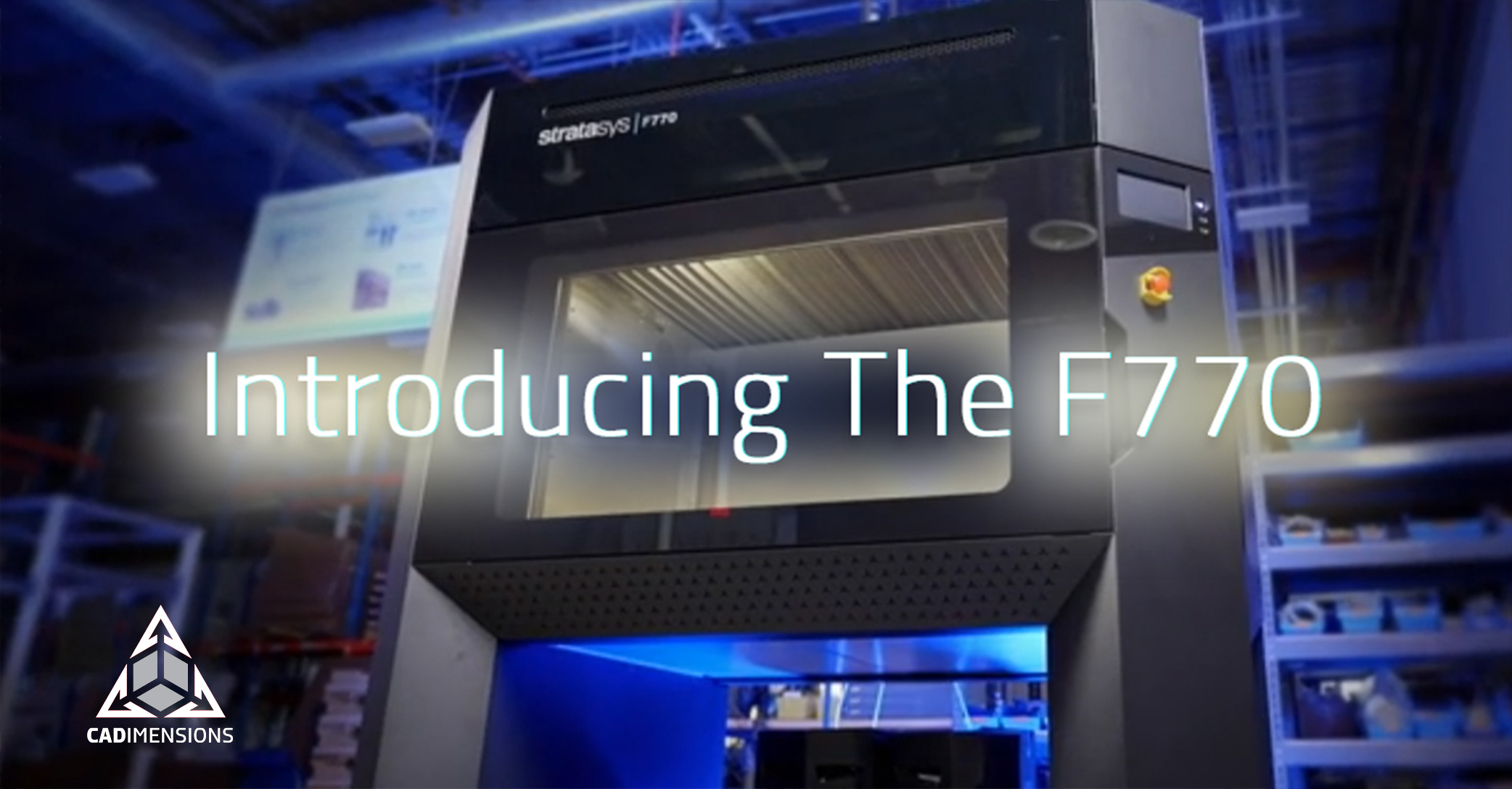FDM 3D Printing Materials Cheat Sheet
3D printing materials are available in a wide variety of plastics, and choosing the right one depends on what type of printer you are using and the application the finished piece will be used in, among other things. Our customers ask all the time, “what material should I be using?” And while we love an easy solution, the answer is never as simple as we would like. Your options range from basic polymers to exotic, high-strength ones. While having options is great, it can make choosing the best one for your application a bit more complicated. We’ve compiled this 3D Printing Materials Cheat Sheet to help you understand which material might be the best suited for your needs.
ABS
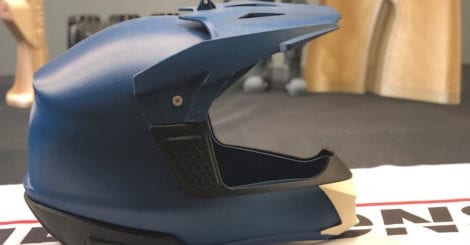
ABS is the family of materials that our 3D printers start out with. LEGOs and your Xbox controller are all made out of ABS. It’s a cheap, quality plastic for basic prototyping. The low cost of ABS makes it a great choice for tooling and fixtures that won’t see temperatures above 100°C, or come in contact with any harsh chemicals.
In our 3D printing FabLab, we typically opt for ASA over ABS because it is a little bit stronger, UV resistant, and has a nicer surface finish.
ASA
ASA is similar to ABS in that it is a low-cost all-purpose 3D printing thermoplastic suitable for many different applications. It has a comparable chemical makeup to ABS but offers three main improvements: better mechanical properties, UV resistance, and superior aesthetics. Additionally, ASA is available in 10 colors, more than any of the other FDM materials on this list.
ABS-ESD7
ABS-ESD7 combines the strength and durability of ABS material with carbon to provide electrostatic dissipative properties. This material is great for prototypes, fixtures, and support equipment for electronics and other static-sensitive applications. We’ve noticed this material is continuously rising in popularity amongst engineers since it was released.
ABS-CF10
ABS-CF10 is one of the newest FDM materials developed by Stratasys to bring carbon fiber to the F123 Series. It contains chopped carbon fiber at 10% by weight and combines the benefits of a carbon fiber filament with the desirable mechanical properties and ease of use of ABS. This result is an engineering thermoplastic with excellent strength and rigidity for factory floor tooling applications. Depending on the application, carbon-reinforced ABS can replace metal for lighter, more ergonomic tooling.
When we first got our hands on this material we were pleasantly surprised at the quality of the surface finish, as many carbon fiber-filled filaments struggle to compete with the surface quality of their non-carbon filled counterparts. This material is as easy to print with as ABS on the F123 series 3D printers.
Nylon
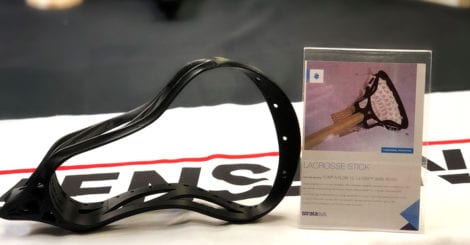
Nylon is an awesome material because it has highly sought-after properties. For example, Nylon can bend and flex a great deal without breaking and it has great chemical and temperature resistance. Nylon has been used in engineering-grade applications specifically because of these properties for years. It is perfect for snap-fit joints, or fixtures that will get thrown around and beaten up. It will withstand more abuse than ABS materials because it is on the softer side of polymers and a bit flexible.
One thing I have noticed in printing Nylon on both our Fortus 450 and printing some nylon varieties on my at-home RepRap printer are that the level of consistency and quality in the filament is much, much different. When I buy nylon material for my at-home 3D printer, the filament often arrives wet and has to be dried out. This creates a lot of headaches that are avoided when you use a Fortus-level machine. The filament on the Fortus is kept in an air-tight canister and is printed in a temperature and moisture-controlled environment. This leads to much higher quality parts, stronger parts, and consistent results.
Nylon Carbon Fiber
Nylon CF combines nylon with chopped carbon fiber to achieve the highest flexural strength and the stiffness-to-weight ratio of any FDM material. Like ABS-CF10, Nylon CF can replace heavy metal tools with lighter, ergonomic carbon fiber FDM tools in certain applications. It is great for functional prototypes in high-demand applications, tooling such as end-of-arm tools, and low volume production of highly customized parts. You’ll be surprised at just how strong and stiff a Nylon CF part is.
Diran
Diran is a durable, nylon-based thermoplastic demonstrating exceptional toughness and resistance to hydrocarbon-based chemicals- all while maintaining smooth, lubricious surface quality. Diran’s toughness and smooth, low-friction texture make it perfect for non-marring, factory-floor tooling that stands up to the job.
In-house, we print with Diran on the F370 printer, often to help consumers with prototyping, production parts, along with tooling.
Polycarbonate
Polycarbonate is one of the building blocks of bullet-proof glass, which speaks volumes for the toughness of materials that we can 3D print with! This material is more rigid than Nylon while offering similar chemical and temperature resistance. I tend to favor PC over Nylon for applications where the rigidity of parts is the driving factor. When looking at these engineering-grade materials, you really have to evaluate them on a case-by-case basis. PC is a great fit for functional prototypes, framing applications, and tooling that needs to withstand high forces and temperatures.
PC-ABS
PC-ABS plastic blends the best features of polycarbonate and ABS material. It has the heat resistance of PC and the flexural strength of ABS. As a result, PC-ABS has one of the highest impact strengths of any FDM thermoplastic. This makes it perfect for functional prototyping, rugged tooling, and highly customized production parts. We frequently run this material on both our Fortus 450 and F370 in our lab.
TPU
TPU is a resilient thermoplastic polyurethane combining flexibility and stretch with abrasion and tear resistance. 3D printing with TPU eliminates expensive and time-consuming molding or casting methods to produce elastomer parts. TPU has high tensile strength, strong elongation at break, is resistant to tearing, and rates a 92 scale A on shore hardness. Due to its durable elasticity, it is a good choice for a wide variety of applications including flexible hoses, tubes, air ducts, and vibration dampeners.
Antero
Antero is a Stratasys PEKK material, possessing excellent physical and mechanical properties. In addition to being tough and wear-resistant, Antero is characterized by high strength, high heat resistance, low outgassing, and superior chemical resistance. These qualities make it a useful aerospace material and suitable for applications requiring durability and weight reduction. Often it is used for prototyping, tooling, and low-volume production of high-requirement parts. There is also an ESD-rated Antero with all of the properties as the non-ESD version.
The benefits of PEKK are combined with FDM’s design freedom, allowing for more complex shapes and configurations without the hassle of typical production. 3D printing with PEKK also saves material by using it only where needed, reducing cost, compared to the substantial waste of machined PEKK.
Ultem
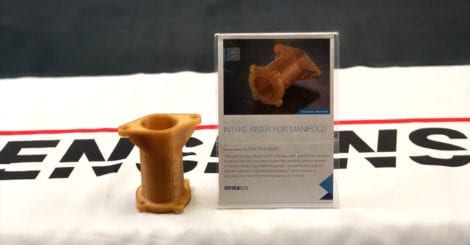
Ultem, or PEI, is an incredibly strong, high-temperature, and highly chemical-resistance plastic. We offer a few different blends of Ultem depending on your application. If you need parts or tooling that can deal with chemicals as hazardous as gasoline or temperatures around 200°C, this material is your best bet. Ultem is used heavily in aerospace and high-end automotive applications for tooling, fixtures, and end-use parts.
Hopefully, this cheat sheet is helpful for anyone trying to better understand 3D printing materials. Each one has a special place where it works best.
Stay tuned as we will be covering PolyJet materials in an upcoming blog posting!
